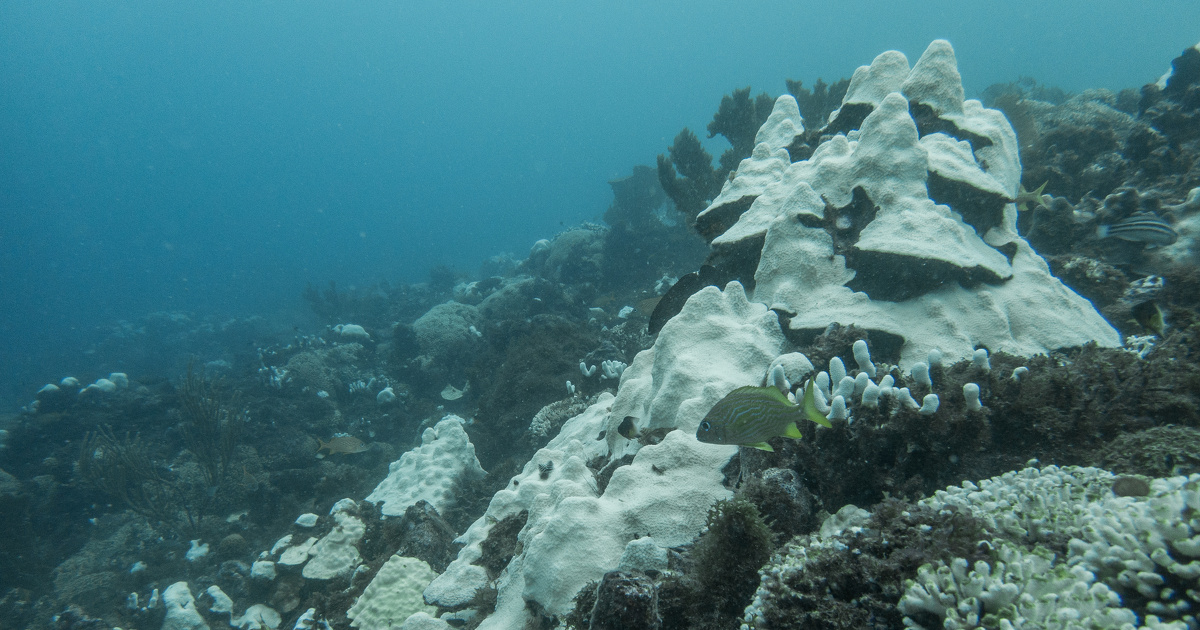An annual, science-based report on the health of the ocean and human pressures: this is what the Starfish Barometer (1) offers. Its first edition, published in the journal State of The Planet (2), was unveiled on June 8, on the eve of the opening of the third United Nations Ocean Conference (UNOC 3).
Developed by a multidisciplinary team of experts and overseen by the international scientific committee of the One Ocean Science Congress — a special science event held before the official UNOC segment — the barometer is summarized in a five-pointed star representing the current state of the ocean in terms of human pressures, impacts on human societies, ongoing protection efforts, and emerging opportunities.
“(…) The data clearly show that urgent and coordinated action is indispensable to preserve [the ocean] for future generations,” warns Marina Lévy, scientific coordinator of the barometer.
The key figures of the 2025 edition reveal the ocean’s alarming condition. Since 1901, sea levels have risen by 23 cm. Ocean temperatures in 2024 set a new record over 64 years of measurement. More than 37% of fish stocks are overexploited. Marine protected areas officially cover 8.34% of the ocean’s surface, but only one third benefit from real or enhanced protection. Over 1,600 marine species are threatened with extinction. Nearly half of coral species are at risk, and reef coverage has nearly halved over the last 150 years.
Yet despite this alarming picture, all indicators of human pressure continue to rise: CO2 emissions are expected to reach 37.4 billion tons in 2024, up 0.8% compared to 2023; unsustainable fishing accounts for 37.5% of catches, and 75% of large vessels are not monitored; plastic production has increased from 2 million tons (Mt) in 1950 to 413.8 Mt in 2023, with plastics representing over 80% of aquatic waste.
The costs keep growing: losses due to tropical storms and floods reached 102 billion dollars (USD) in 2023, with a 25% increase per decade since 1980; in 2015, health costs related to plastic exposure through seafood exceeded 250 billion dollars; more than 1,200 marine species have been affected by this pollution.
Source: actu-environnement




